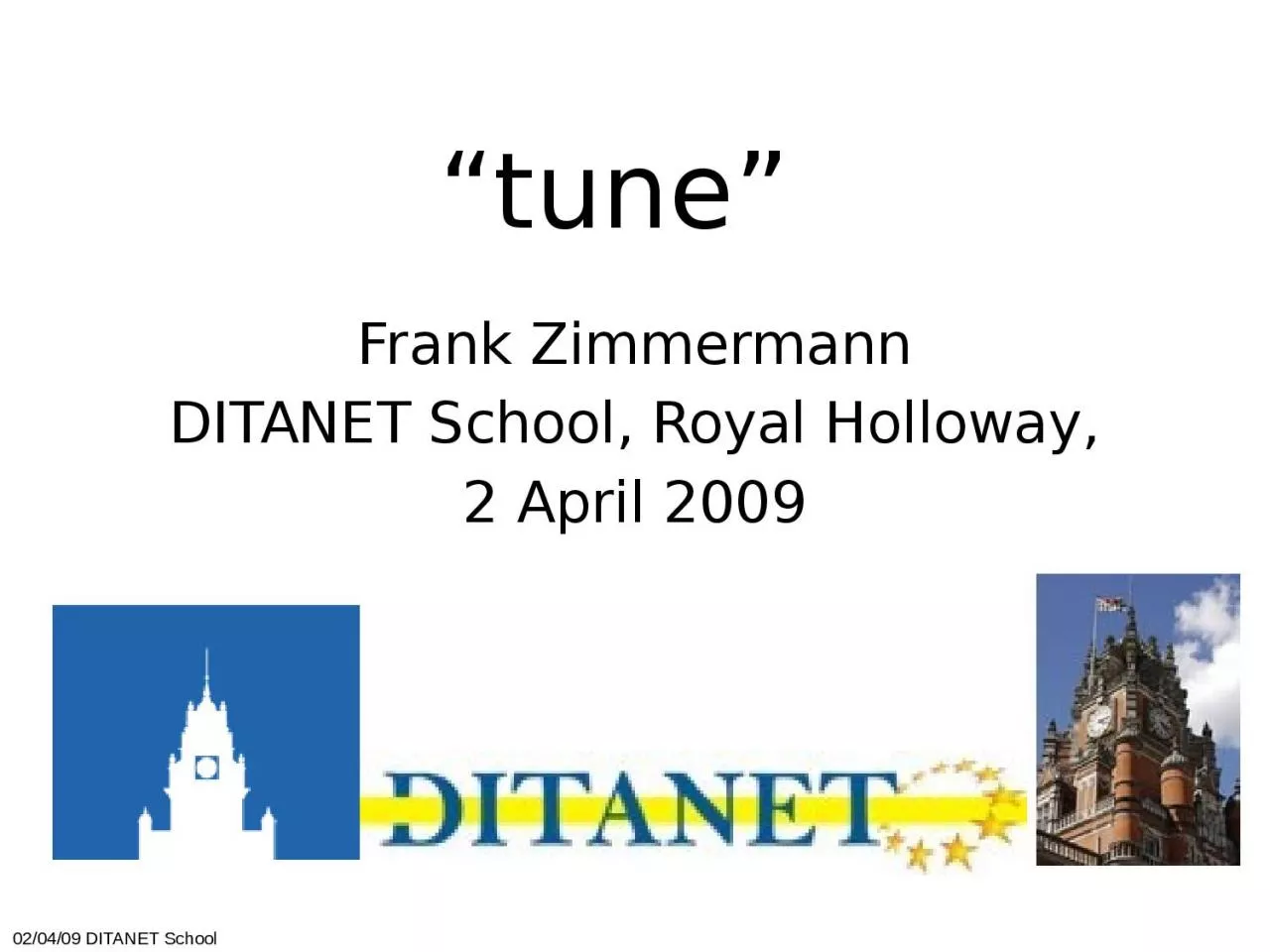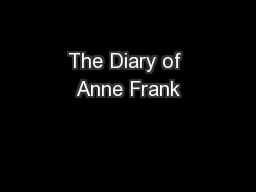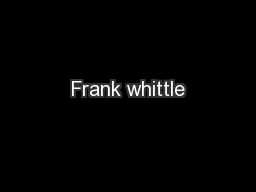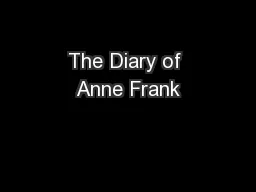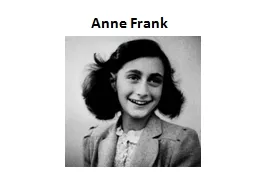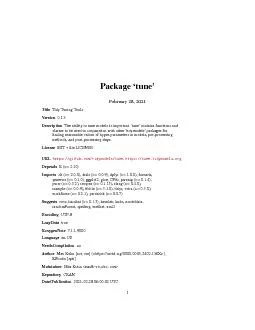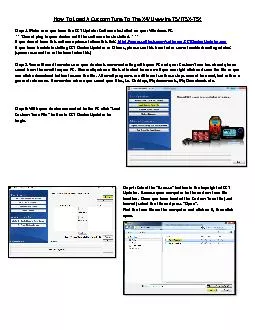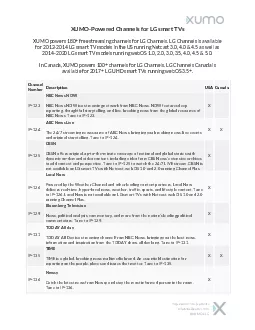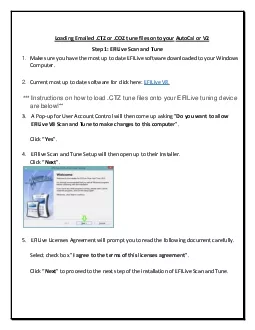PPT-“tune” Frank Zimmermann
Author : mary | Published Date : 2022-06-15
DITANET School Royal Holloway 2 April 2009 020409 DITANET School outline introduction tune coherent amp incoherent tune detectors integer betatron tune fractional
Presentation Embed Code
Download Presentation
Download Presentation The PPT/PDF document "“tune” Frank Zimmermann" is the property of its rightful owner. Permission is granted to download and print the materials on this website for personal, non-commercial use only, and to display it on your personal computer provided you do not modify the materials and that you retain all copyright notices contained in the materials. By downloading content from our website, you accept the terms of this agreement.
“tune” Frank Zimmermann: Transcript
Download Rules Of Document
"“tune” Frank Zimmermann"The content belongs to its owner. You may download and print it for personal use, without modification, and keep all copyright notices. By downloading, you agree to these terms.
Related Documents

